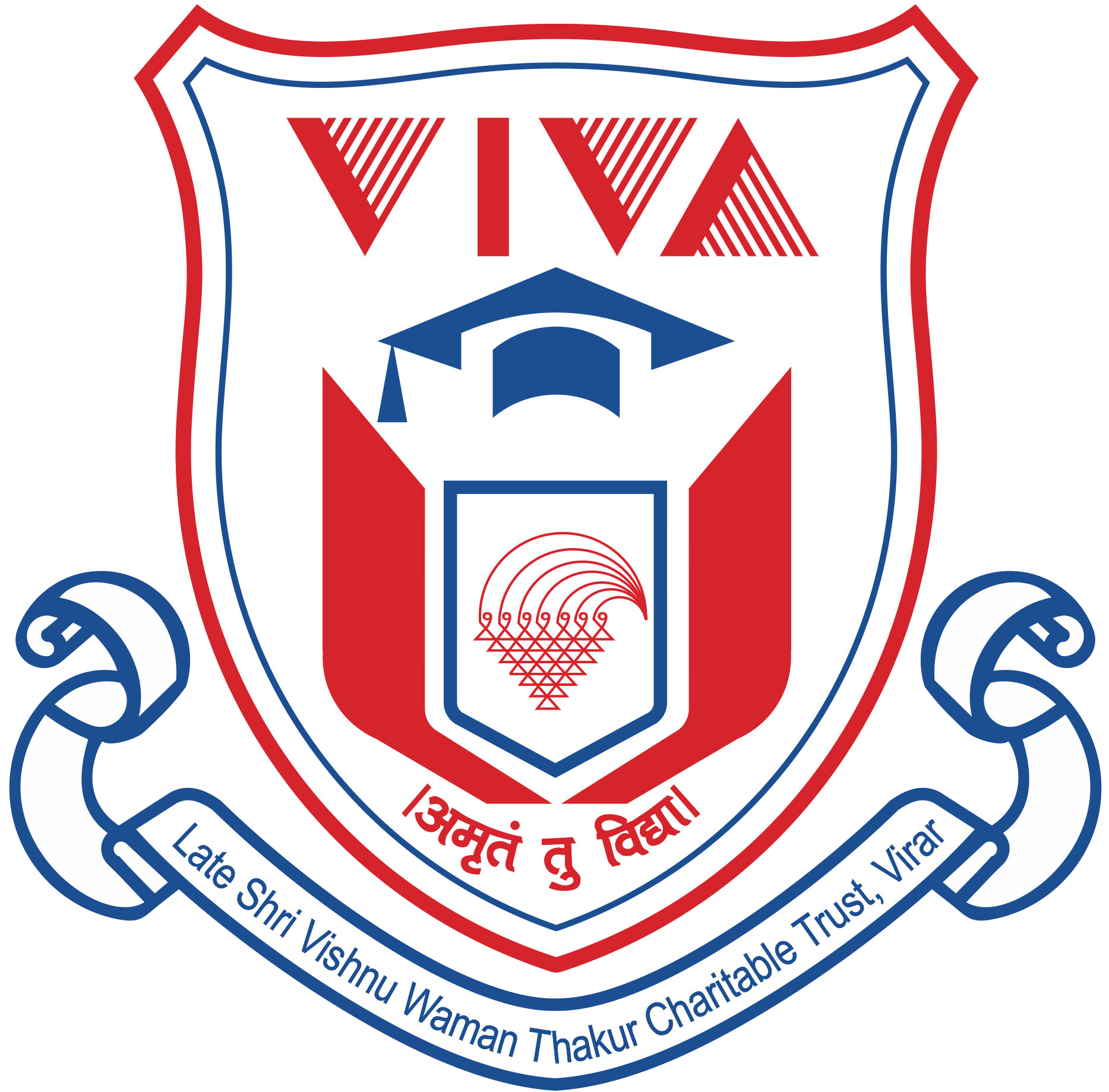Industrial Relations
About Industrial Relations
- Technical education forms the backbone of development of any nation. The journey of cooperation between Industry and Institute has taken different forms at different times. Historically it started with simple interaction and gradually evolved to very close partnership overtime.
- India has one of the largest technical manpower in the world. But compared to its population, it is not significant and there is a tremendous scope of improvement in this area.
- Bridging the skill gap is the need of the day and decides the national development and economic growth.
- The cell is the bridge between the industry, the real world and the institute. Industrial exposure of Faculty is very much helpful to guide students about latest industrial practices. Industries are able to know recent developments and inventions in their fields and implement projects for technologically driven economy.
Objectives
- With the advent of globalization and opening up of Indian economy to outside world, competition among industries has become stiff.
- To solve their engineering problems they look up now to engineering institutions. Similarly, there is an urgent need to prepare engineering students for jobs in multinational companies, by exposing them to newer technologies and engineering methodologies.
- Strengthening the digital India vision of the nation has been focusing on digital literacy as a key pillar benefitting the citizens, teachers, students in enabling them to lead an effective life in the digital world.
- To give industrial exposure to Faculty members and students, thus enabling them to tune their knowledge to cope with the industrial culture.
- To assist the Departments in organizing workshops, conferences and symposia with joint participation of the industries.
- Integration of industrial trainings and other inputs from industry with teaching-learning process. The interaction develops student’s awareness on job functions in the industries, attitude to adapt industrial environment, proper practical and relevant knowledge, skills. Etc.
- It helps to cultivate mutually beneficial and lasting relationships with one another.
- Participation of experts from industries, in curriculum development.
- To organize industrial visits for Faculty members and students.
- To assist the Departments in establishing rapport with industries for taking up mini projects and projects.
- To coordinate/ identify industrial partners for proposing ‘Centre for Excellence’.
- To strengthen Alumni relations
- To assist the Training and Placement Division
- Visit of industry executives and practicing engineers to the institute for seeing research work and laboratories
- To bring about MOU’S and Agreements with various industrial and research organizations in different fields and sectors to promote various forms of interactions.
Main activities and Functions
- Industrial Research & Consultancy
- Continuing Education for Industry
- Industry-Institute Exchange
- Research guidance from industry
- Short-Term Training Programs
- Onsite Educational Programs
- Part time Educational Programs
- Collaborative Educational Programs
- Visiting faculty from industry
- Training programs / Short term assignments to the faculty members in industries
- Joint industrial projects for faculty
- Joint research publication
Events held under Industrial Relations
-
Problem Solving Reactions:
- This helps to optimize technologies to achieve productivity. The industry has to provide contract research or technology transfer initiates for solving intricate problems through R & D. The institutes should be in a position to provide the intellectual augmentations & innovations.
-
Curriculum Development & Teaching Learning System:
- Mechanisms to involve industry representatives in formulating curriculum and teaching and learning systems open productive platforms for Industry-Institute Interactions. Collaboration, discussion and decision making process produce mutual agreements and understanding of the real conditions in the work place, industrial functioning and its expectations.
-
Scholarships and Placements:
- The introduction of development funds in the form of scholarships, stipends, sponsorships by industry encourages students to continue study and training programs. This helps in finding the best talent for the industry.
-
Industrial Tours and Study Visits:
- Exposing the future workforce to the actual fieldwork, industrial environment, state-of-the-art in science and technology adapted in machineries and equipment operations and helps to provide ways to relate classroom theories with actual industrial experiences.
-
Faculty and Staff Exchange:
- Staff exchange between Industry and Institute is one of the keys to make Industry-Institute-Interaction successful.
-
Incubation Centre:
- Countries all over the world have started establishing incubation centers, which allows for the shared access to infrastructure, practices, venture capitals and market information and it facilitates development of product of academia for practical applications.
-
Evaluation System:
- This gives the progressive benefit to the Institutes as a way of providing guidance on skills and competency levels of students
Benefits
-
To The Institute:
- Greater resource generation.
- Improved quality of faculty.
- More relevant curriculum.
- Better placement of students.
-
To The Industry:
- Can access the latest technological and management developments.
- Can keep their workforce skill updated.
- Can get fresh and well trained technical personnel.
- Can get their research work done through institute collaborative research opportunity.
Lessons from effective collaborations
- To attract Industry involvement, the programs of Institute must be strongly oriented to Industry.
- Develop pool of academics with deep understanding of industry and business experience.
- Ensuring company scientist and researchers engage Institute.
- Establish strong communication linkage with the industry team.



